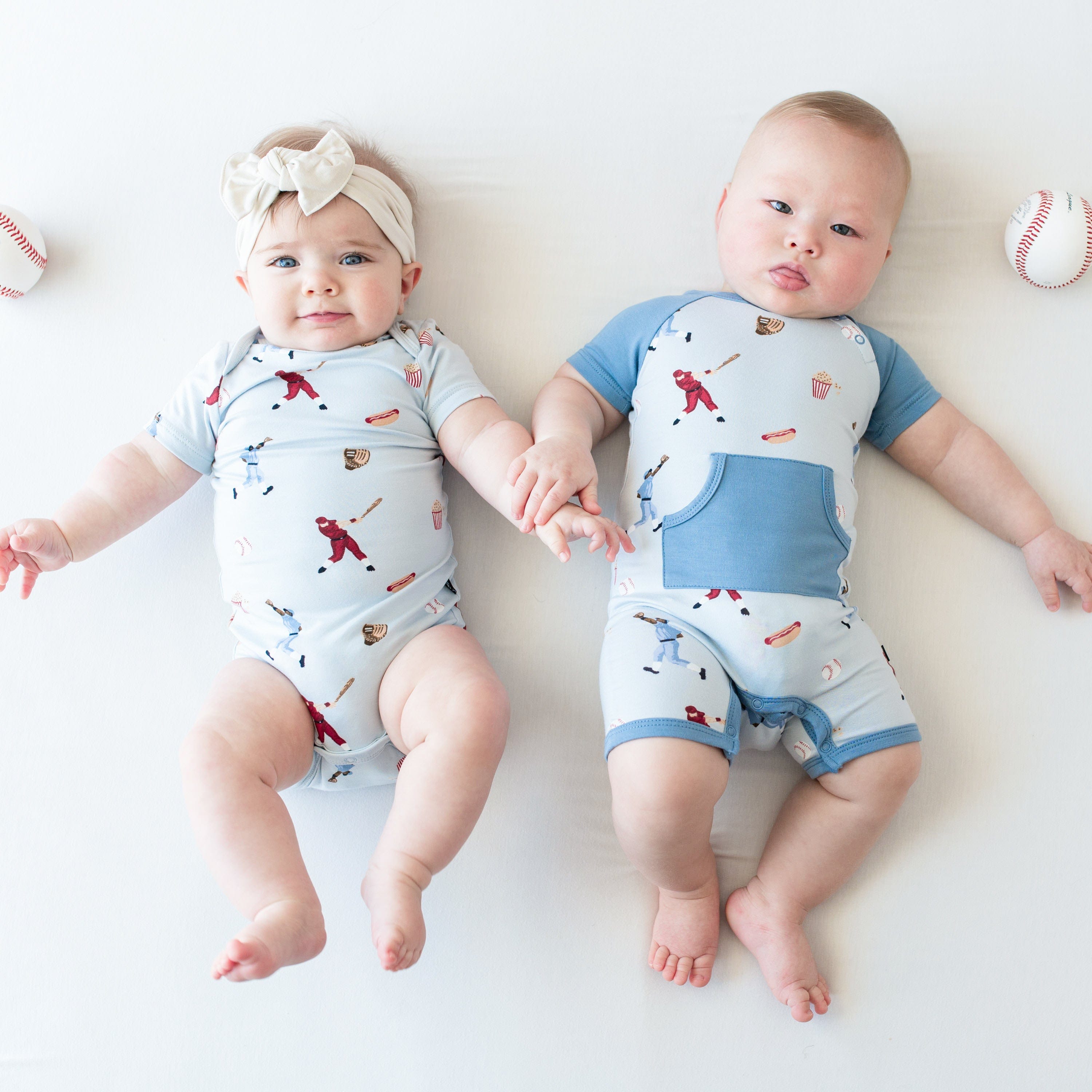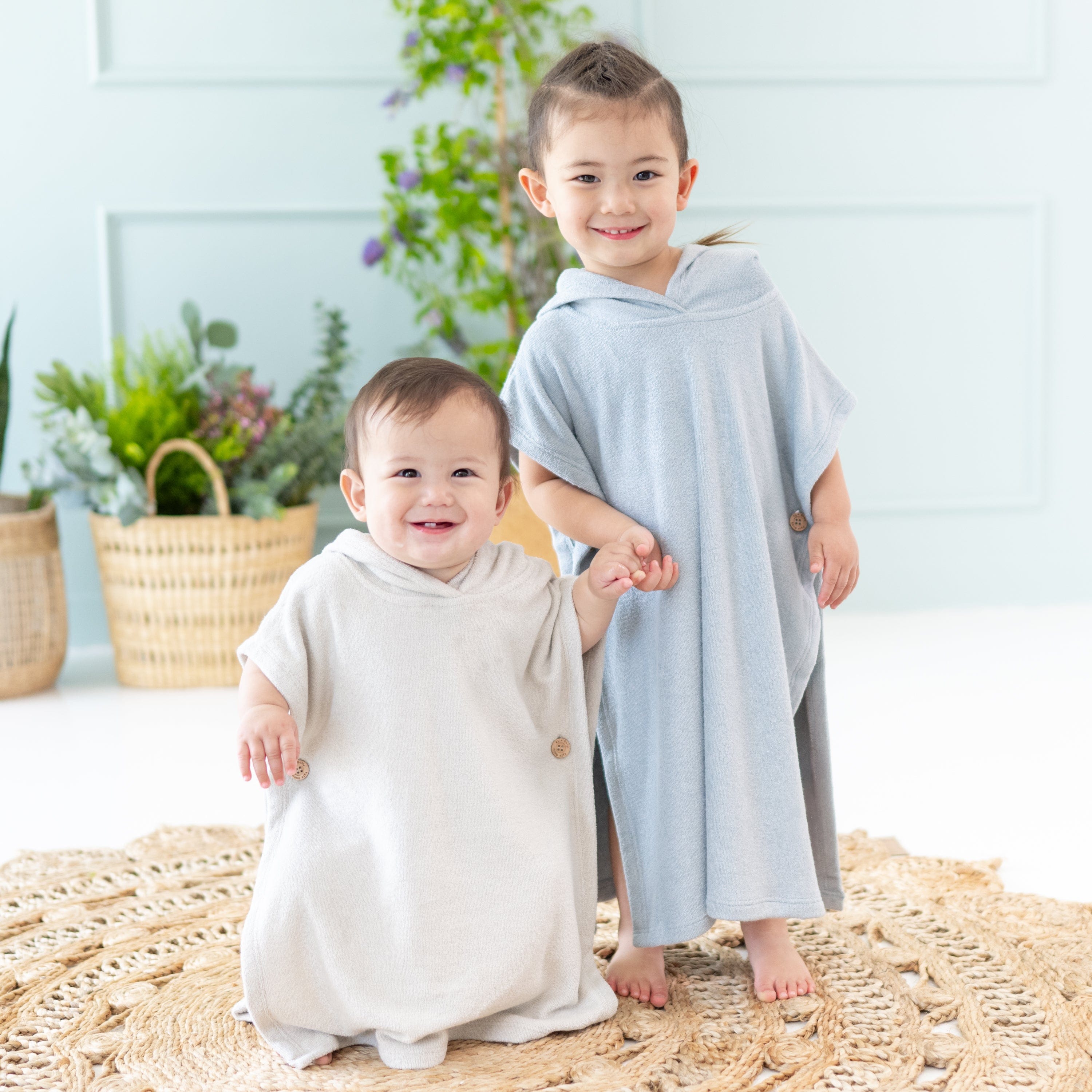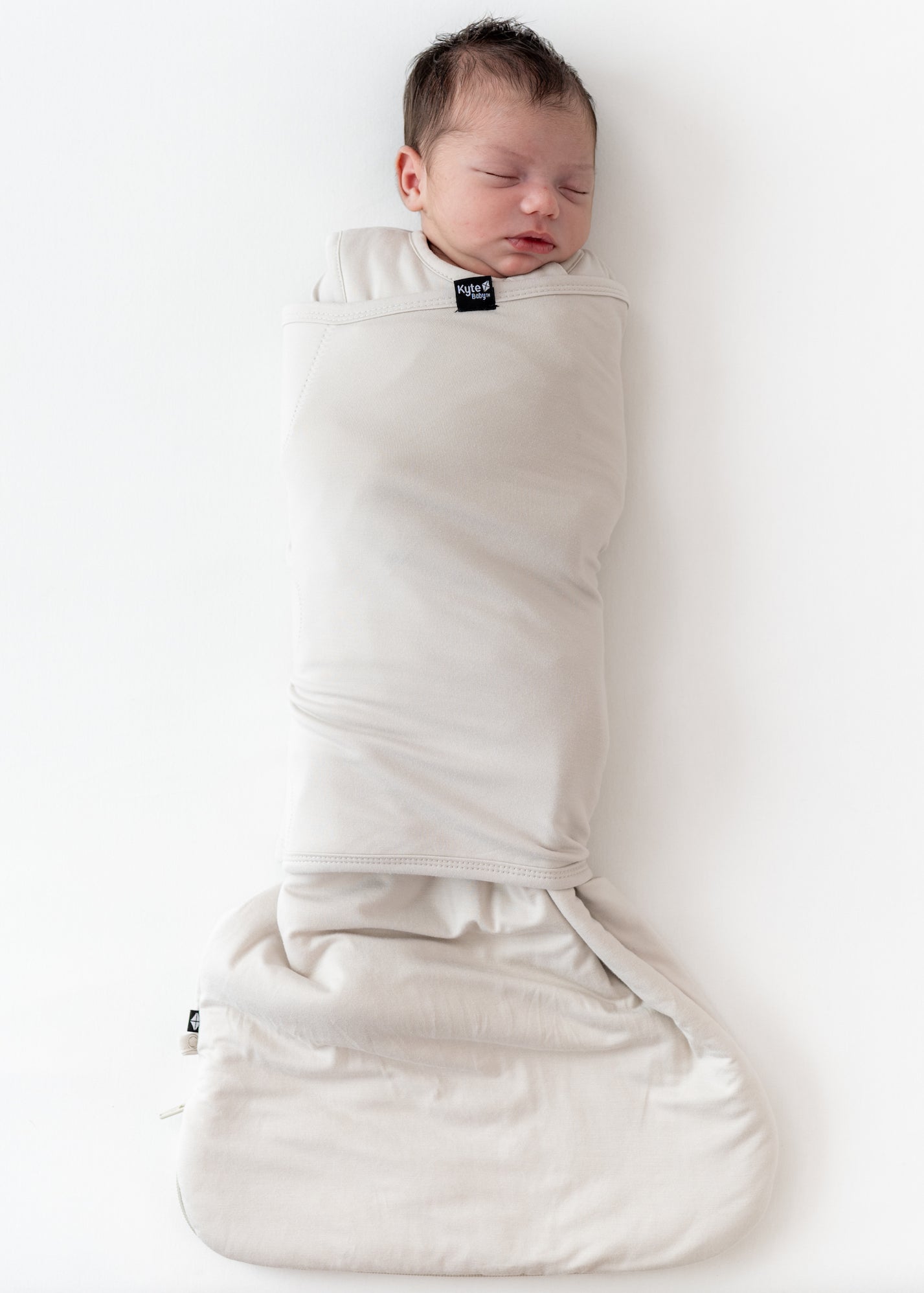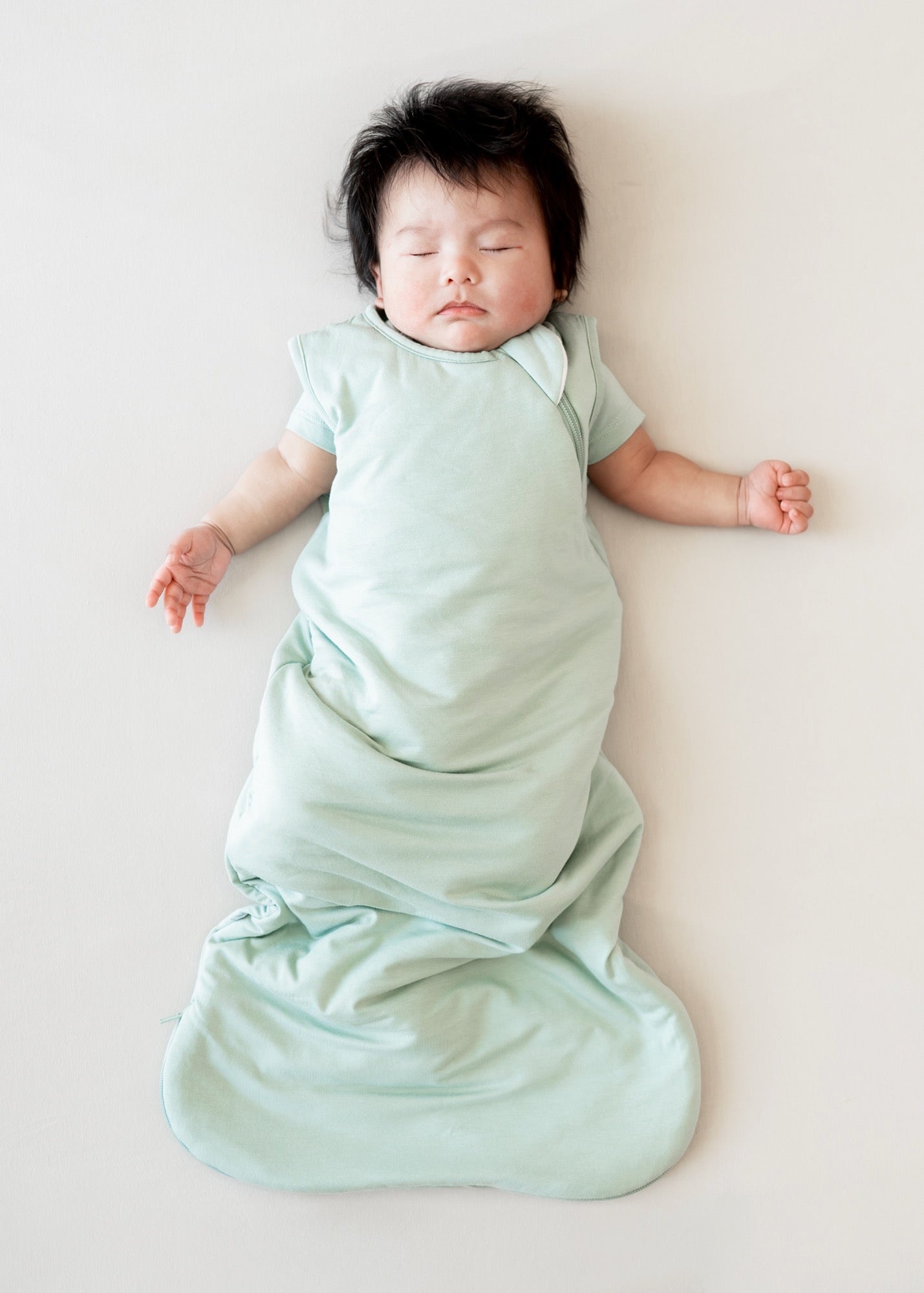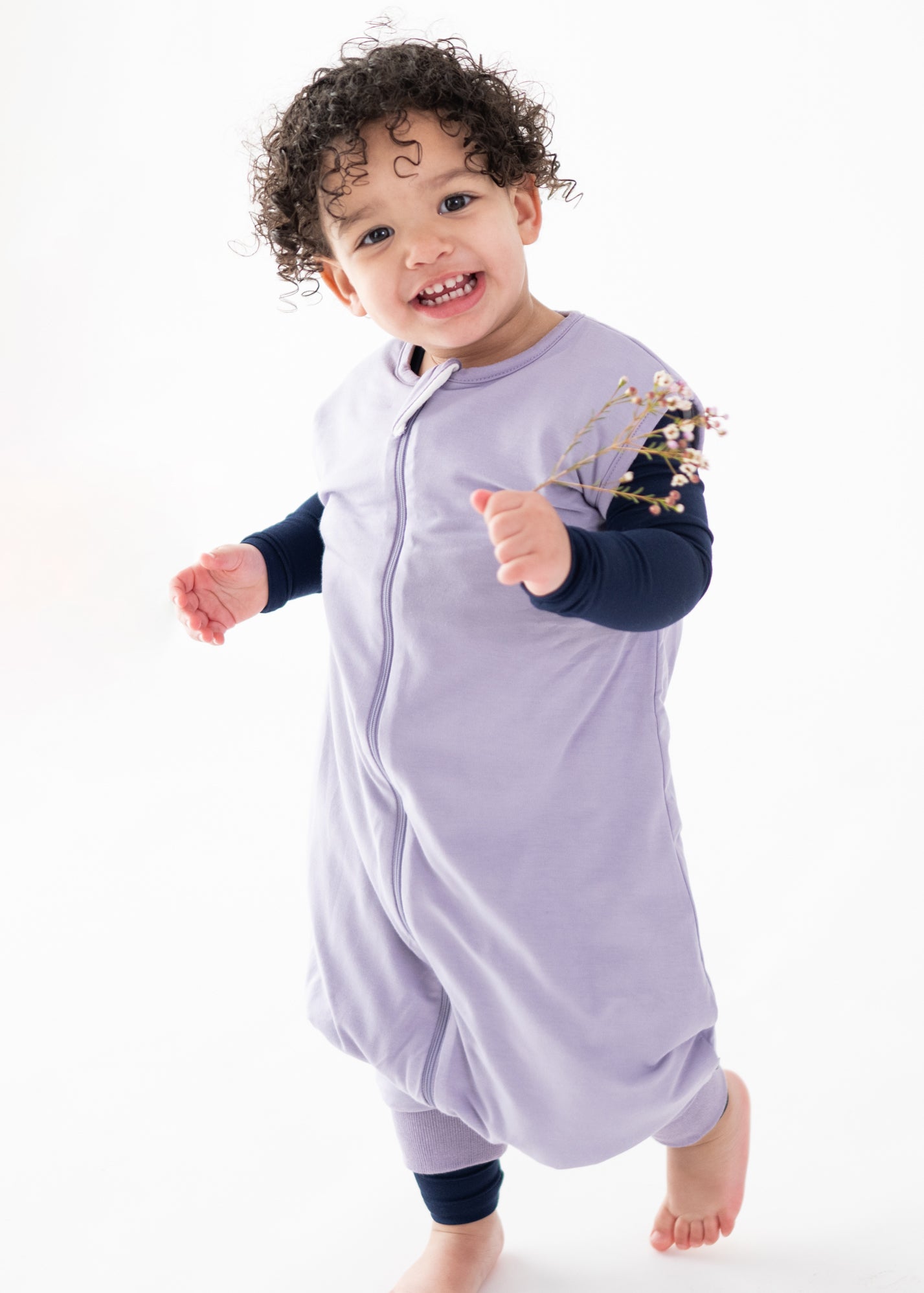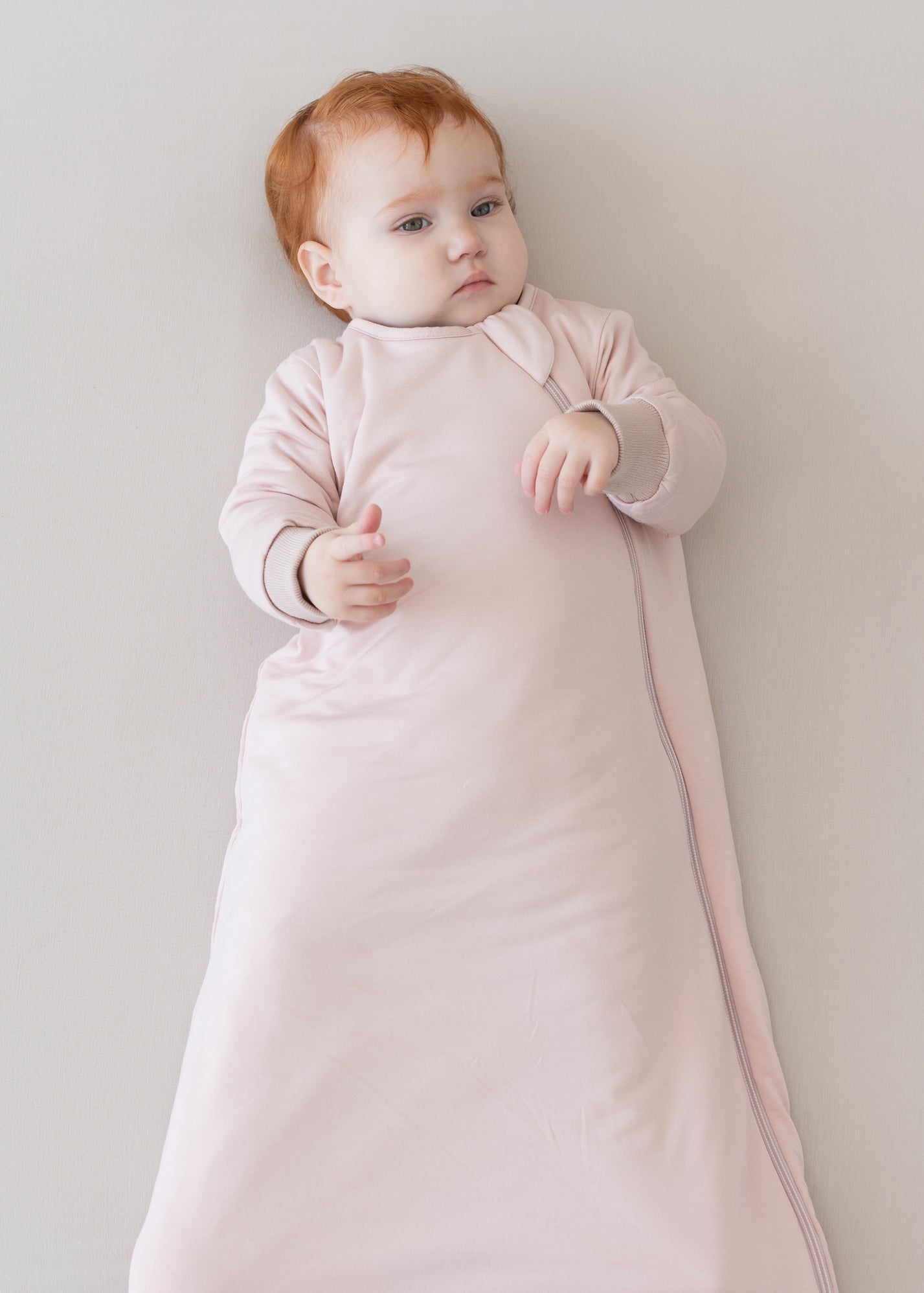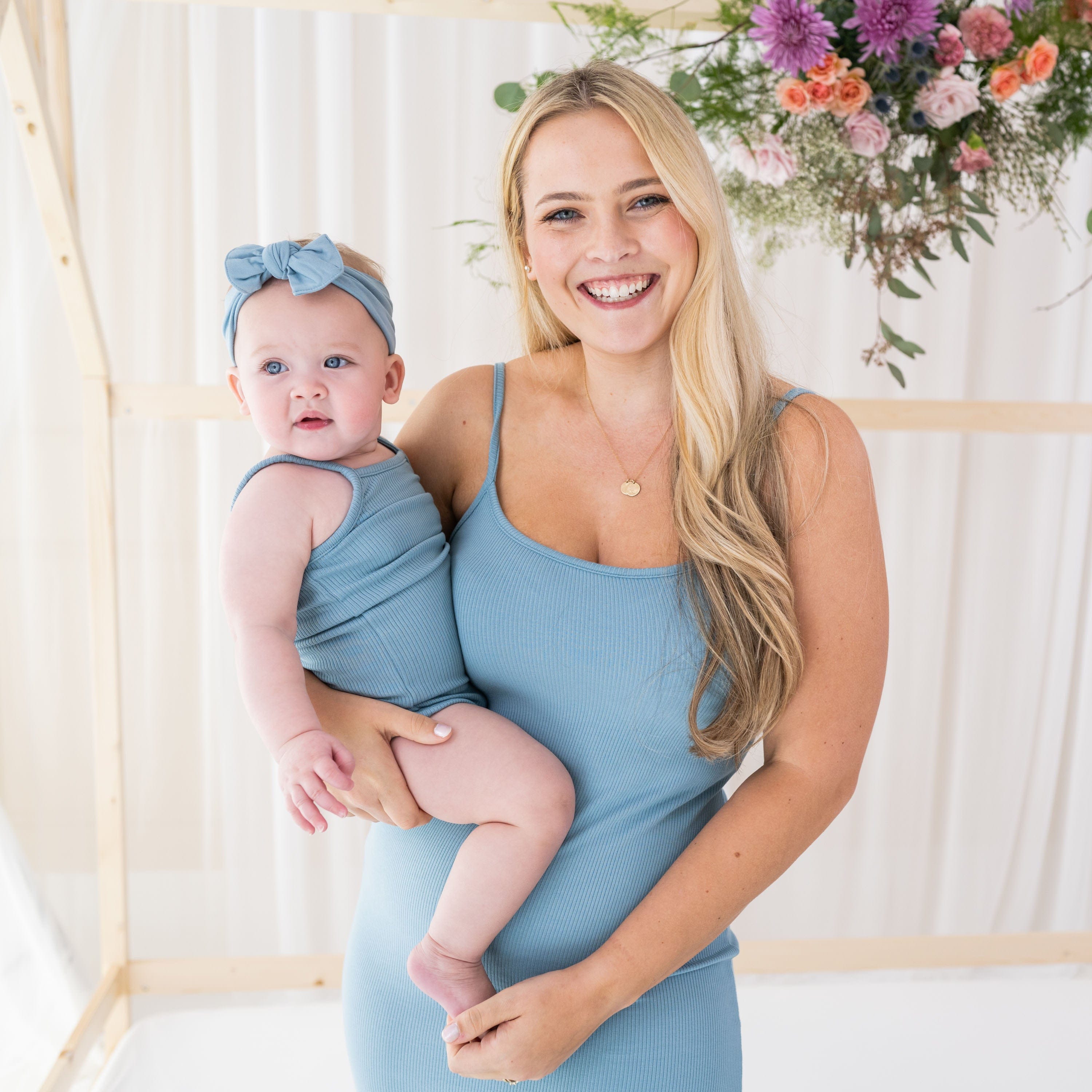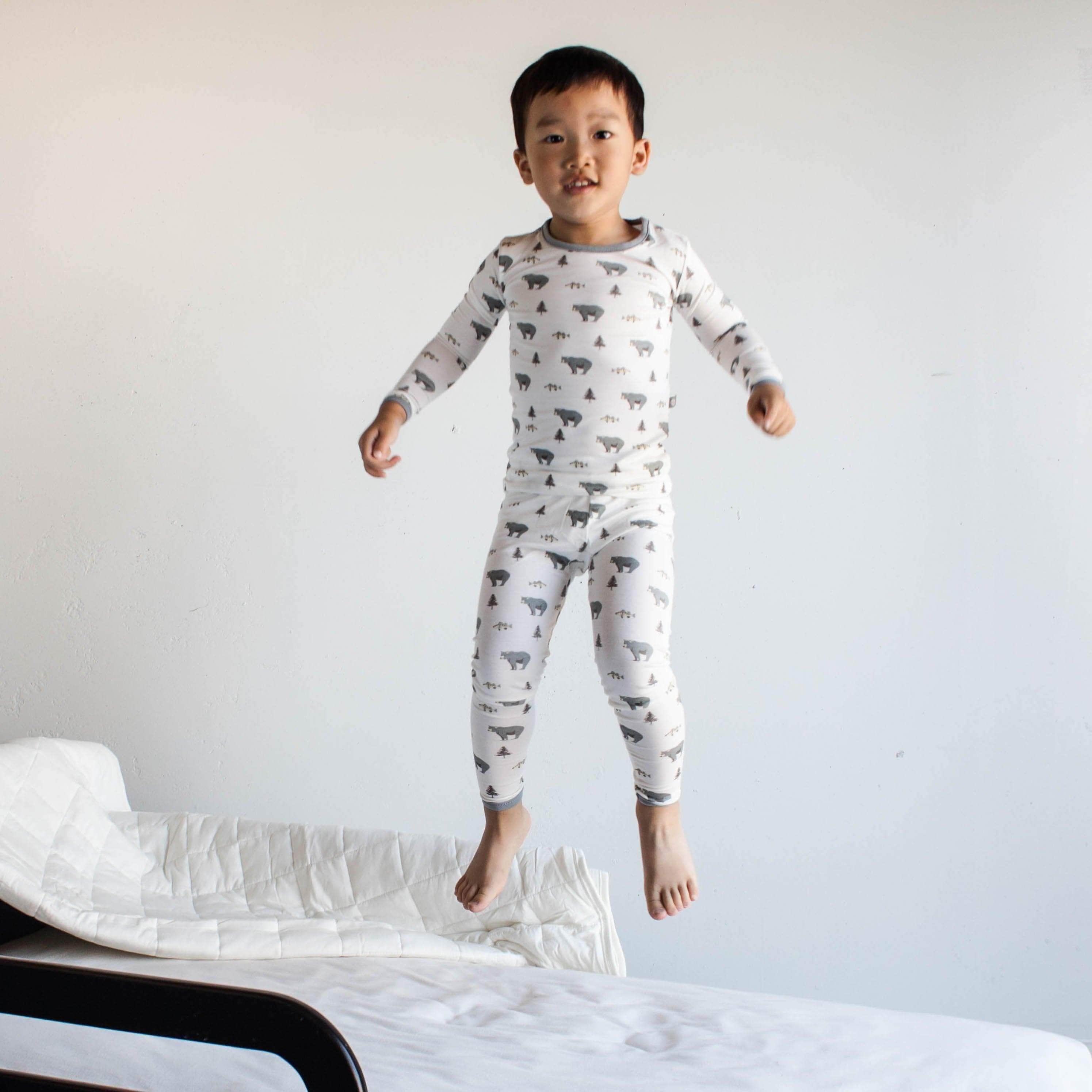Have you noticed a red, scaly, raised rash on your baby’s arms, legs, hands or face? Does it get worse randomly with no obvious cause? If so, it could be eczema. Eczema is a rough, inflamed, itchy rash that often appears before the age of 5; but for patients with known allergies, 60% of them experienced eczema symptoms before age 1!
Eczema Facts
Eczema is a chronic condition, meaning the symptoms come and go and vary in severity. There is no known cure, but you can get the symptoms under control in cases of mild eczema. In fact, treat children with eczema daily to keep itching and scratching at bay. Lotions and creams that contain oatmeal or honey are popular for soothing the textured rash. Hydrocortisone and dermatologist-approved topical lotions are also effective.
Contrary to what you might think, eczema is not contagious, and it is not caused by an allergic reaction to the skin. It actually appears when you’re around things that cause allergies such as pollen or a certain food. But it often becomes a skin condition when children scratch at it, causing it to bleed and get infected. That’s why it’s important to keep antibacterial ointment and bandages on hand in case a rash opens up.
If you suspect your child has eczema, ask yourself these questions. Do you or your spouse have eczema or another skin disease? Does anyone in the home have food allergies, asthma or environmental allergies? If so, then it is likely your child has eczema. According to the American College of Allergy, Asthma, and Immunology, “Children born into families that have a history of allergic diseases such as asthma or hay fever are at an increased risk for eczema.”
But the only sure way to know is to speak with an allergist. They will observe your baby’s skin, ask about your family’s medical history and then diagnose him or her. If the eczema is particularly severe, the allergist may do a skin test to determine its cause(s). Tests are not mandatory and not commonly conducted on children since they can produce false positives. Also, allergies may not appear until later in life, so it is hard to pinpoint exactly what causes eczema flare ups in children.
In the meantime, here are five irritants known to trigger flare ups and make eczema symptoms worse. When you can, avoid them as much as possible.
Synthetic Fabrics
Believe it or not, your baby’s clothing could be causing breakouts. Synthetic fabrics can “suffocate” the skin, causing it to become irritated and itchy. Also, some synthetic fabrics contain formaldehyde, a toxic preservative that is commonly found in household disinfectants, cigarette smoke and embalming fluid. Look for clothing made from natural, soft materials. Our sleep sacks and layette are made from natural bamboo rayon, a breathable material grown without the use of harmful pesticides that will feel cool and soft on your baby’s skin. In fact, it is three degrees cooler than cotton making it an effective thermal regulator. Read five reasons you should try bamboo here.
Irritable Chemicals In Skincare Products
If you read the ingredient labels on popular skincare products, chances are you won’t be able to pronounce half of them. This is not a good sign for you or your baby. According to the National Eczema Association, the following ingredients can trigger eczema flare-ups: isothiazolinones, cocamidopropyl betaine (CAPB), paraphenylene-diamine (PPD), formaldehyde and fragrances. If your baby has extremely sensitive skin, avoid these ingredients. Instead, look into organic or natural skincare products with good reviews such as Tubby Todd and Skin Foodie.
Dust Mites
According to The New York Times, two-thirds of Americans with allergy issues are allergic to dust mites. Dust mites thrive in warm, humid climates and set up shop in bed linens, mattresses and pillows. If someone is allergic to dust mites, their symptoms may include sinus issues, asthma or eczema. If you suspect that your child is allergic to dust mites, make sure to frequently wash her sheets, pillows and pillowcases in hot water. And as an extra precaution, purchase an organic crib mattress, which is made of natural materials that deter dust mites.
Food Allergies
Dr. Jon M. Hanifin, professor of dermatology at Oregon Health and Science University, studied babies from 3 to 18 months with eczema and found that approximately 15% of them had food allergies. There is definitely a link between eczema and food allergies. And if your baby suffers from rashes that burn, scab or itch intensely, then he is probably an excellent candidate for allergy testing. If tested, your allergist may recommend doing a “food challenge” where you eliminate a certain food (for example, egg) for a period of time in order to see if symptoms go away. But don’t do this on your own. Doctors don’t love the idea of eliminating foods because food and nutrition are essential to his healthy growth and development. So if you are concerned that food allergies are causing your baby’s eczema, discuss allergy-testing options with your medical care provider first.
Heat
Heat is another common trigger of eczema flare-ups. Being outside in warm temperatures can cause your baby to sweat, leading to stinging, itchy skin. Baths that are too warm can also irritate and dry out sensitive skin. But most importantly, overheating at night is a major culprit of eczema breakouts. Up to 83% of children who suffer from eczema have difficulty falling or staying asleep, but many parents, including our founder Ying Liu, noticed a dramatic decrease in nighttime awakenings when baby wore a bamboo sleep sack. (Read our post on ways to help a child with eczema sleep through the night). When baby is warm, our sleep sack and layette pieces release heat; when cold, the bamboo fibers insulate baby’s core, keeping baby at just the right temperature all night long.
The 1.0 TOG is great year-round in temperate climates, but if you live in a very hot place or have a baby that runs hot, dress him in our 0.5 TOG sleep sack. It’s thin, breathable and soft on his delicate, eczema-prone skin.
Other ways to protect your baby’s skin from the heat are by staying in shaded, cool areas when outdoors and frequently taking “breaks” to go inside and cool off. During bath time, use lukewarm water and make sure to apply a thick cream or ointment after the bath to keep skin moisturized through the night.
Eczema is no fun, but with extra moisturizing, the right clothes and these daily practices, you can prevent scratchy, irritated skin and keep your child’s eczema in check.




